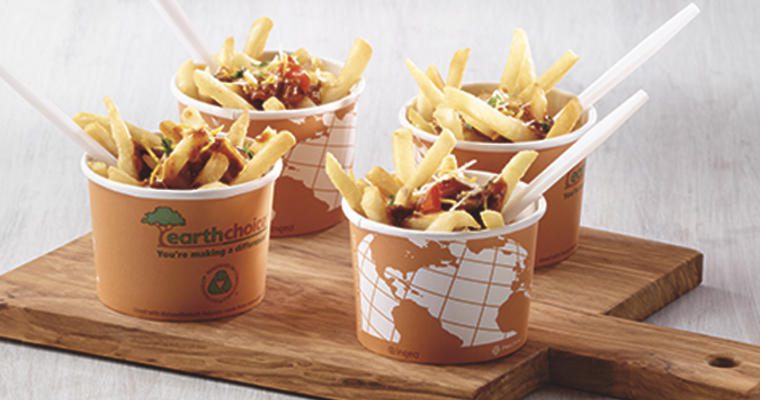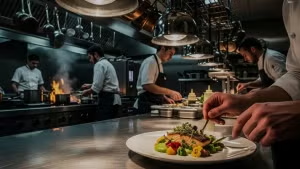Today’s dining consumers seek options. They want what they want, how they want it and, increasingly, they want food delivered to where they want it. And that’s great news for operators ready and able to get a move on.
NPD Group research shows that restaurant-delivery traffic—outside of pizza—has increased by 33 percent since 2012. NPD forecasts that, as all types of restaurants begin to offer it, delivery will continue to grow and outpace overall restaurant-traffic growth in the next decade.
“Consumers want the ‘dining out’ experience of quality food, but they’re saving money and time by having food delivered to their homes,” observed NPD restaurant-industry analyst Bonnie Riggs, earlier this year. “There is the appeal of not having to deal with the ‘hassle’ of the outside world.”
Delivery demand is especially high among millennials (born 1977 to 1992). According to the National Restaurant Association’s 2015 Restaurant Industry Forecast, almost 74 percent of this huge demographic said they’d order delivery from a full-service restaurant if it were available. For limited-service restaurants, eight in 10 millennials said they would do so.
While delivery is nothing new, what’s delivered is. Online ordering service GrubHub/Seamless, for instance, reported that Brussels sprouts, kale salad, empanadas, brisket, tonkatsu ramen, chicken tikka masala, and tacos al pastor were among the fastest-growing delivery items 2015.
Thinking about hitting the road with your menu? Consider the following:
Operational capabilities
Evaluate staffing, capacity, workflow, and how delivery would affect your regular business.
Menu
Not all food travels well—fried foods can get soggy, and pastas can become gummy en route. Choose packaging that maintains food’s integrity. Consider creating a special delivery menu. Train staff to guide customers to the best choices.
Pricing
Factor all costs related to delivery, then price for profitability. Consider whether to levy a food surcharge or a delivery fee.
Delivery method
Determine whether to offer your own delivery or partner with a third-party service. Be creative: some operators transport food via bikes and even golf carts.
Branding
Maintain consistent branding in packaging, driver appearance, and delivery vehicles.
Ordering
Establish an ordering system—phone-in to the restaurant, online via your website, from an app or third-party provider, etc. If possible, for consistency and efficiency, designate one employee to be responsible for taking all delivery orders. The Oasis, a multiunit operation in Ohio, whose business is 80 percent delivery, offers online orders via its website and created a call center that handles phone-in delivery orders for all seven of its locations. “It eliminates some of the congestion and ensures people are really focused on guest satisfaction,” says Jason Vickers, Vice President of Operations. “Employees can also make suggestions and upsell when customers place orders.”
Cross-Promotion
Use delivery to promote in-house dining and vice-versa.
Reinvention
One Tennessee operator, notes Gordon Food Service® Business Solutions Specialist Jim Milliman, partnered with a delivery service and launched a “virtual” delivery-only restaurant while revamping her bricks-and-mortar restaurant. New delivery-only items were tested as specials in the evolving restaurant and served to introduce customers to the new concept/service.
Legal considerations
“Businesses involved in food preparation and delivery face a variety of potential legal liabilities,” says Chicago-based attorney Jonathan M. Weis: “For example: claims related to food quality and liability for the actions of their delivery employees who are unsupervised when out on a delivery. Owners should speak with their insurance agent to ensure they are covered for these types of liabilities.” In addition, Weis says, operators who use third-party ordering and delivery services should be sure to review their contracts’ “fine print” to understand what portion of their sales will go to them.
The bottom line? “When looking for growth,” advises Indiana-based Gordon Food Service Segment Specialist Jeffrey Goodwin, “consider delivery.”











